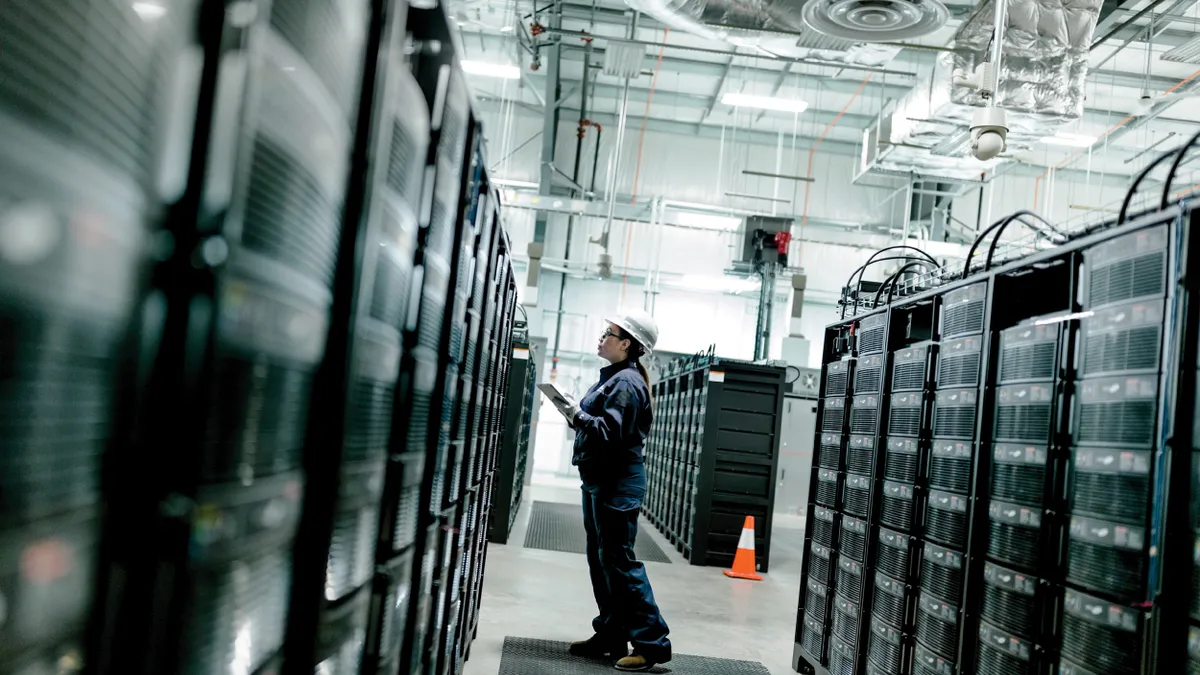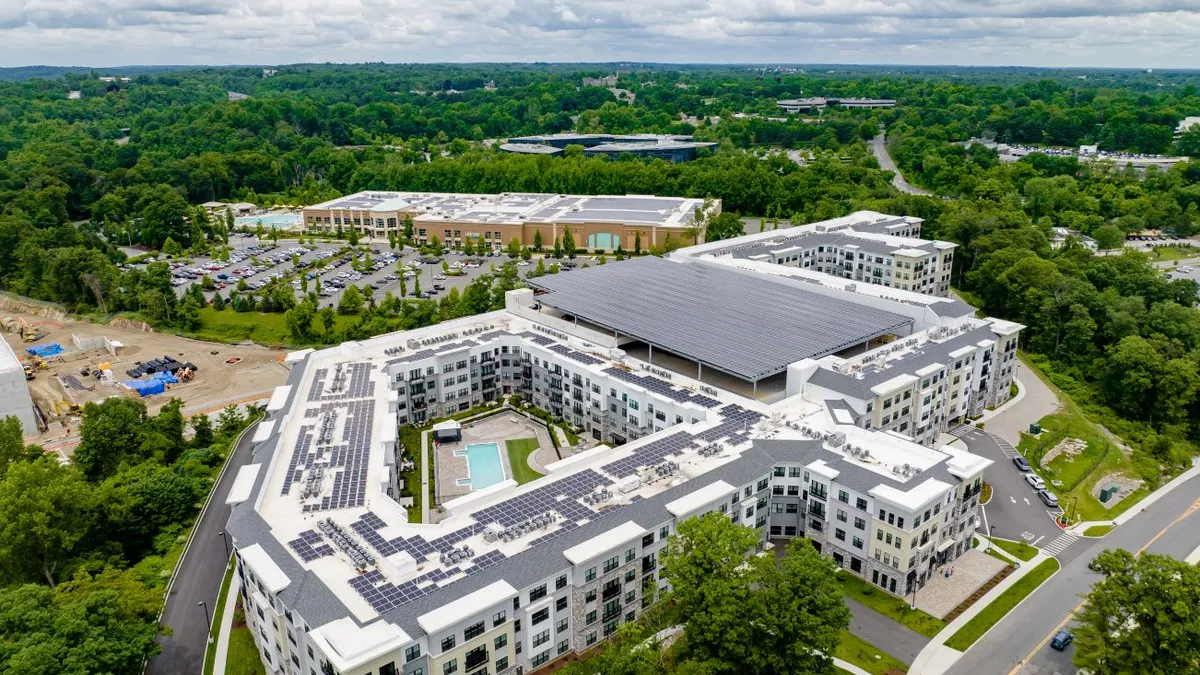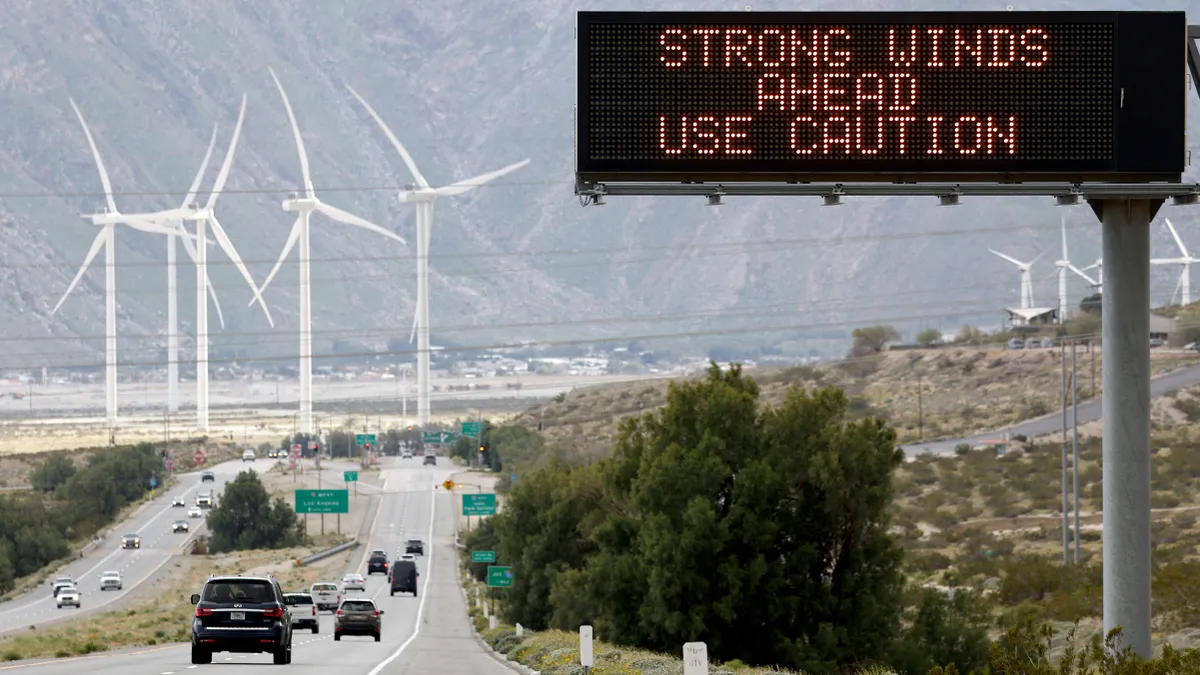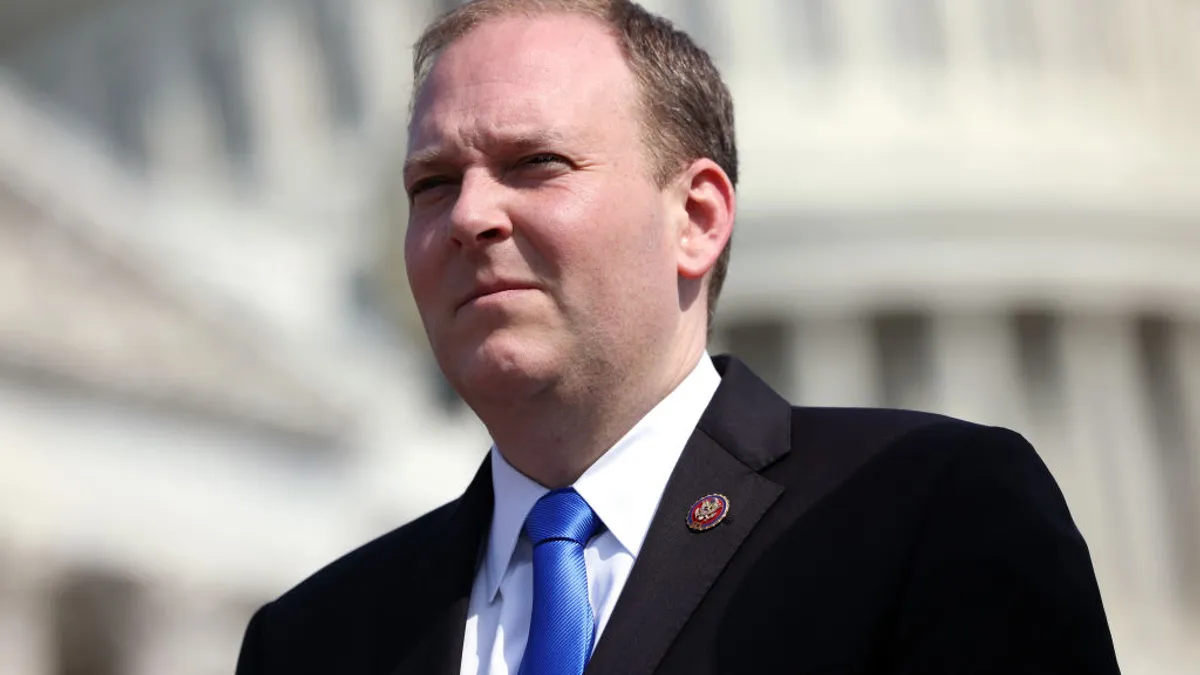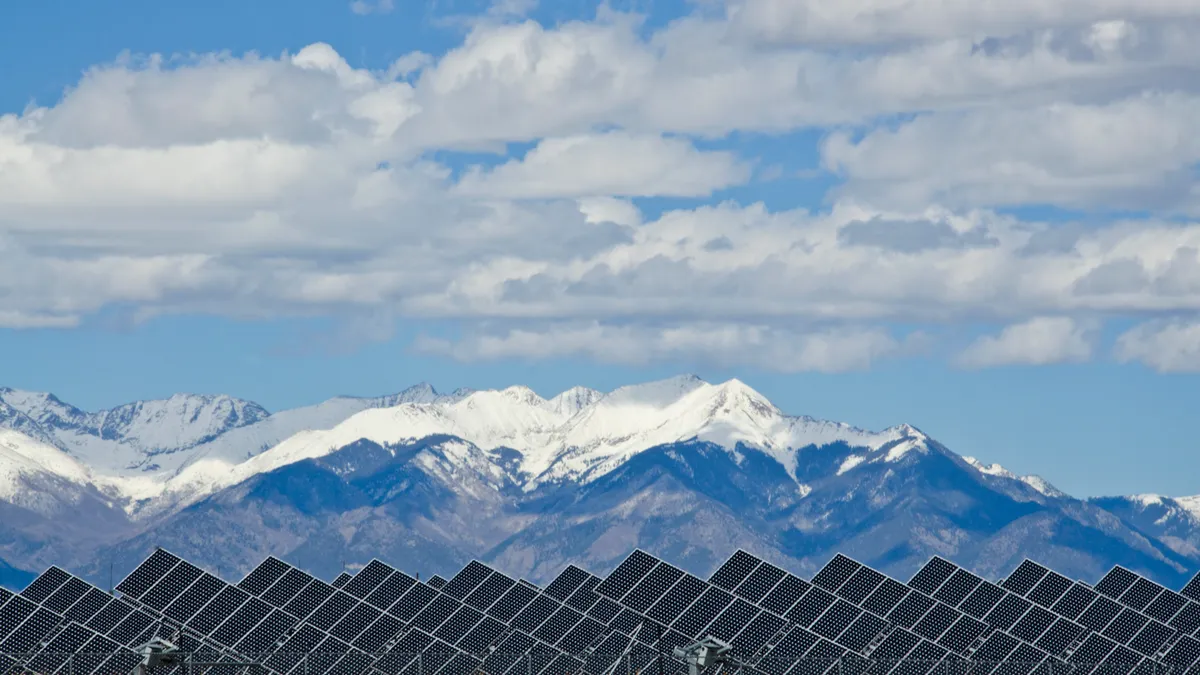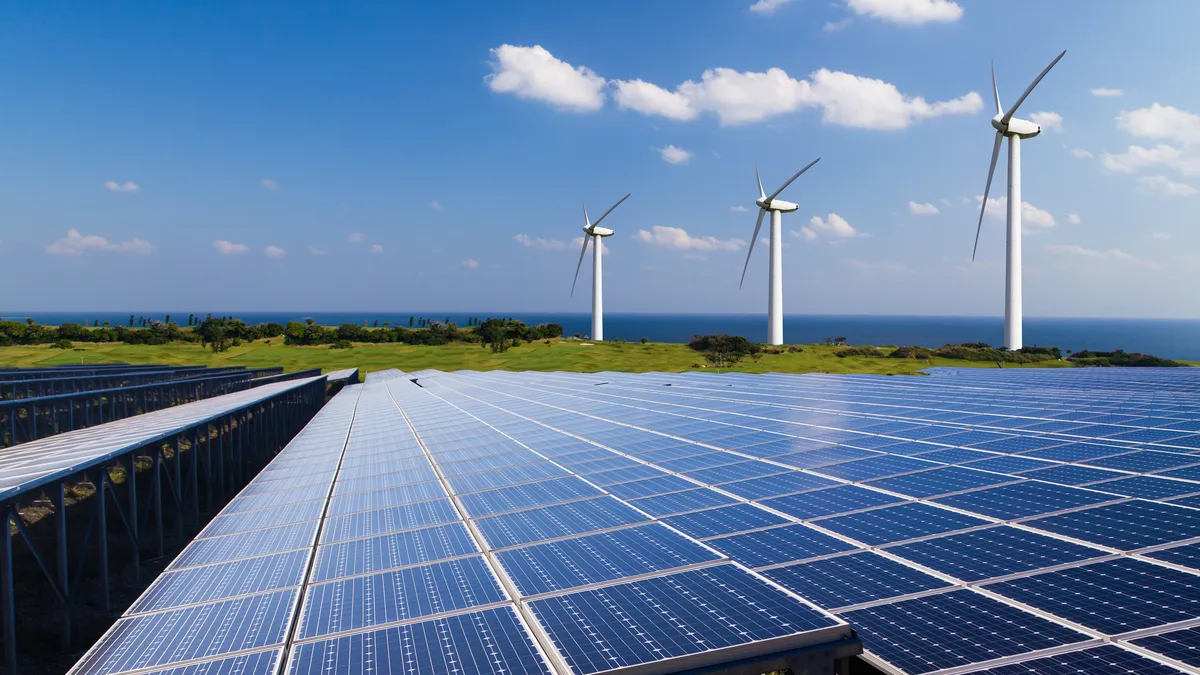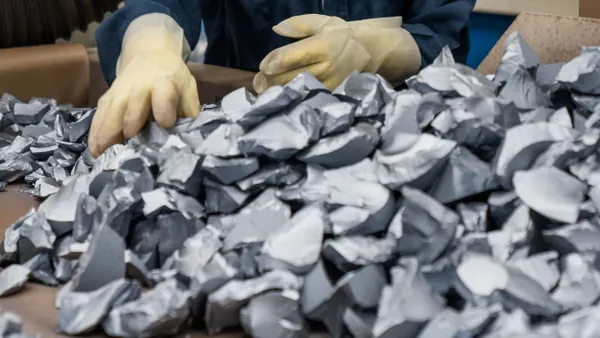Hawaiian Electric Co. (HECO) has big plans for energy storage, but is wary of moving too quickly. The utility is looking for better storage technology and economics before moving too much on deployment.
The island state is often considered a test case or laboratory for the integration of renewable energy. With a 100% renewable portfolio standard in Hawaii and a 2045 target date, the state’s main utility is quite focused on what its generation mix is going to be and how it is going to get there.
The utility is expecting 2,700 MW of energy storage on Oahu by 2030, said Colton Ching, senior vice president for planning and technology at HECO. That includes both customer sited, behind-the-meter batteries and utility-scale energy storage installations, either owned by the utility or competitively bid to a third party. But HECO has been slow to embrace energy storage, despite the rapid influx of solar power in the state.
Hawaii has the highest solar penetration of any state. There are already 80,000 rooftops with solar panels and HECO expects that number to double by 2030. But so far, the utility has only 3 MW of utility-scale storage projects, and all three of those were pilot projects.
Move to commercial deployment
“We are moving toward commercial deployment,” Ching told Utility Dive. Those first steps could be big ones. The utility’s updated Power Supply Improvement Plan (PSIP) (serving 2017-2022) was accepted by the Hawaii Public Utilities Commission in July. It calls for 180 MW of energy storage on Oahu, 60 MW on Maui, and 20 MW on the Big Island, all by 2020.
Hawaiian Electric, which serves Oahu, has a solicitation under way for 70 MW of energy storage for an island with peak demand of 1,200 MW. There is a lot of wind and solar power on the island or, as Ching said, “There is a considerable amount of inertia.”
As the utility loses a growing number of conventional generators, it is going to have to find a way to provide the stability that large mass machines like gas turbines provide the grid. Wind and solar power just don’t have the physical characteristics. That’s where energy storage comes in. One of the driving motives behind the Oahu storage solicitation, Ching said, is to provide fast frequency response to help keep the island’s grid stable.
Frequency response, the first line of defense in maintaining the grid, is a growing concern in the energy storage industry and recently became the focus of a Federal Energy Regulatory Commission rulemaking.
Unique characteristics for each island
For HECO, however, there is no simple, across the board application for energy storage. Each island has unique characteristics. The Big Island, for instance, has a lot of “firm renewables,” Ching said, such as geothermal and biomass generation, that do not need as much frequency response support as wind and solar generation. On islands with high solar penetration, energy storage can be used to load shift, that is, to store surplus midday solar power until the evening. But that is not as valuable a function on islands like Hawaii and Maui where there is more wind power.
There, because wind generation is harder to predict, a stand-alone storage project wouldn’t make as much sense, Todd Kanja, general manager for system planning at HECO, told Utility Dive. For applications there, “we are looking at pairing a lot of renewable projects with batteries,” Ching said.
At the same time, Ching noted, “We are challenging ourselves to make energy storage as cost effective as we can.” He is looking to combine functions for storage projects, but also, taking a cautious approach.
Many industry analysts expect energy storage prices, particularly battery prices, to continue to fall, even as the technology improves. HECO wants to work that curve to its advantage.
Cheaper, better and later
“We know we need storage, but if we can defer it as much as possible, it is going to be cheaper and better,” Ching said. “So we are not going straight to storage. We are going to use demand response to reduce flexible loads for our customers.”
The emphasis on DR is evident in the relative scale of resources in HECO’s PSIP. The plan has an interim RPS target of 52% by 2021 that calls for 326 MW of rooftop solar, 360 MW of grid-scale solar, 157 MW of grid-scale wind resources and 115 MW of demand response.
The long term goal is not to use less storage. On the contrary, the need for storage is “throughout our plans,” Ching said. “But we want to reduce the cost of storage.
Once again, Hawaii’s unique characteristics come into play. Advocates for energy storage and renewable resources alike have long noted that the ripest fields for development of those technologies are locations where electricity prices are high. High prevailing rates in places like California make solar and wind power relatively cheap and competitive with conventional generation sources.
Hawaii has some of the highest electric rates in the country. The islands have traditionally depended on expensive imported fossil fuels, and the islands’ separate grids have had to build in more redundancy than would have been required if they were interconnected.
“Even though rates are high, we have a small customer base,” Ching told Utility Dive. That is why HECO is being cautious with its energy storage deployment. “We know we need storage,” he said, but the utility wants to be cautious about the burdens it puts on customers, especially if battery costs are expected to continue to fall.


